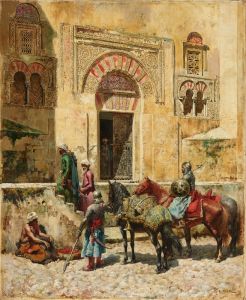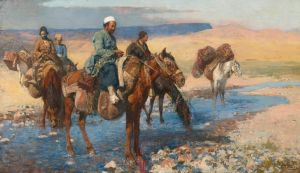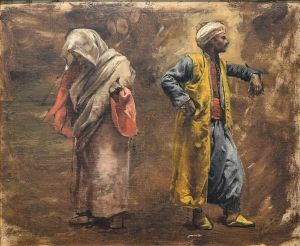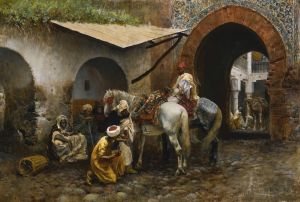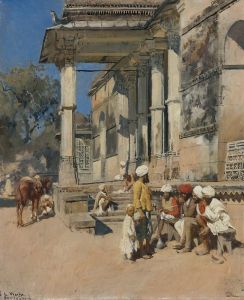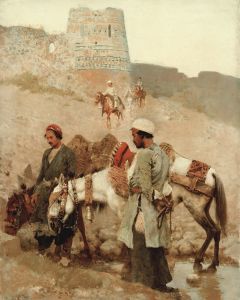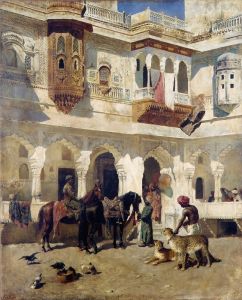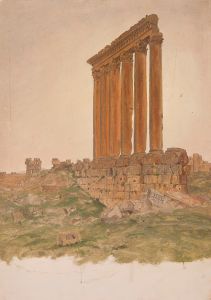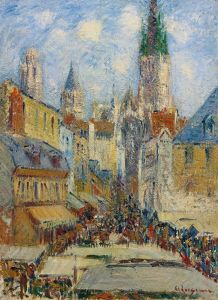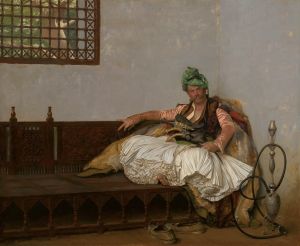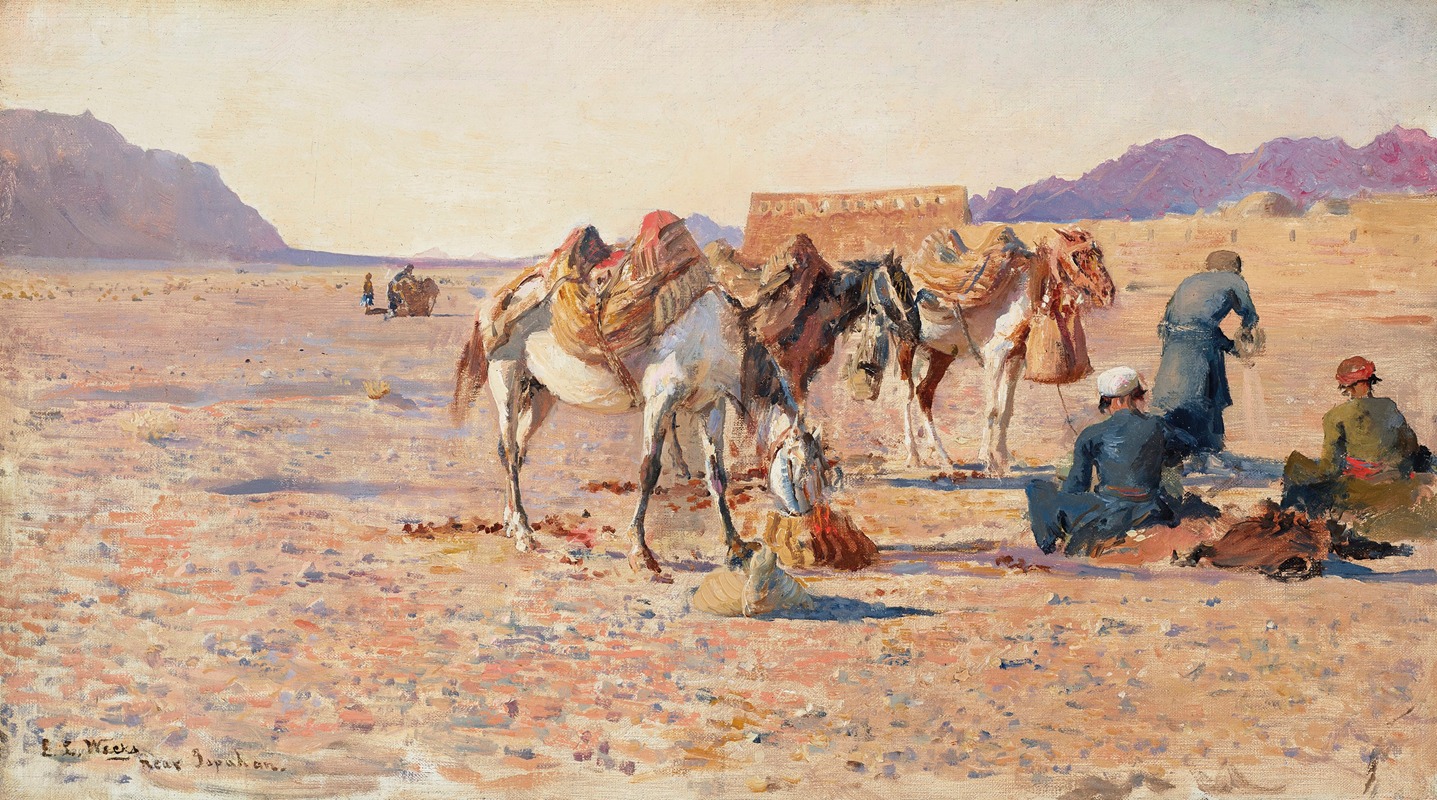
Near Ispahan
A hand-painted replica of Edwin Lord Weeks’s masterpiece Near Ispahan, meticulously crafted by professional artists to capture the true essence of the original. Each piece is created with museum-quality canvas and rare mineral pigments, carefully painted by experienced artists with delicate brushstrokes and rich, layered colors to perfectly recreate the texture of the original artwork. Unlike machine-printed reproductions, this hand-painted version brings the painting to life, infused with the artist’s emotions and skill in every stroke. Whether for personal collection or home decoration, it instantly elevates the artistic atmosphere of any space.
Edwin Lord Weeks was an American artist known for his Orientalist paintings, capturing the essence of the Middle East and South Asia during the late 19th century. One of his notable works is "Near Ispahan," which reflects his fascination with the exotic landscapes and cultures he encountered during his travels.
Edwin Lord Weeks was born in Boston, Massachusetts, in 1849. He developed an early interest in art and travel, which led him to study in Paris under the tutelage of renowned artists such as Jean-Léon Gérôme. Weeks was part of the Orientalist movement, a genre that romanticized the cultures and landscapes of the East, often through a Western lens. His works are characterized by their attention to detail, vibrant colors, and the depiction of light and shadow.
"Near Ispahan" is a testament to Weeks' skill in capturing the architectural and cultural elements of the regions he visited. Ispahan, known today as Isfahan, is a city in Iran famous for its Persian architecture, including mosques, bridges, and palaces. Although specific details about the painting "Near Ispahan" are scarce, it is likely that the artwork depicts a scene inspired by the city’s rich architectural heritage and vibrant street life, as was common in Weeks' oeuvre.
Weeks traveled extensively throughout the Middle East and South Asia, including countries like Morocco, Egypt, Turkey, India, and Persia (modern-day Iran). His journeys provided him with a wealth of inspiration and material for his paintings. He was known for his ability to capture the essence of the places he visited, often focusing on the interplay of light and color, as well as the intricate details of local architecture and daily life.
The Orientalist movement, of which Weeks was a part, has been subject to criticism for its portrayal of Eastern cultures through a Western perspective. Critics argue that such works often romanticized or exoticized the East, sometimes perpetuating stereotypes. However, Weeks' paintings are also appreciated for their artistic merit and the insight they provide into the 19th-century Western fascination with the East.
Edwin Lord Weeks' works, including "Near Ispahan," continue to be studied and appreciated for their artistic qualities and historical context. They offer a glimpse into a time when Western artists were captivated by the allure of distant lands, seeking to capture their beauty and mystery on canvas. Weeks' legacy as an Orientalist painter remains significant, with his works held in various collections and museums, serving as a testament to his skill and the enduring intrigue of the cultures he depicted.





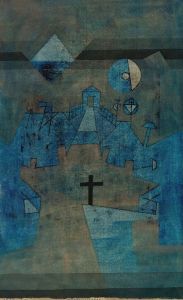
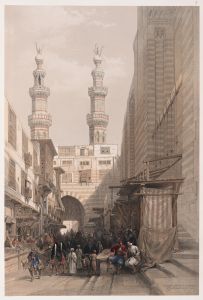
![The Great Sphinx, Pyramids of Gizeh [Giza]. July 17th, 1839.](/imgs/217557/s/david-roberts-the-great-sphinx-pyramids-of-gizeh-giza-july-17th-1839-98f269c8.jpg)
